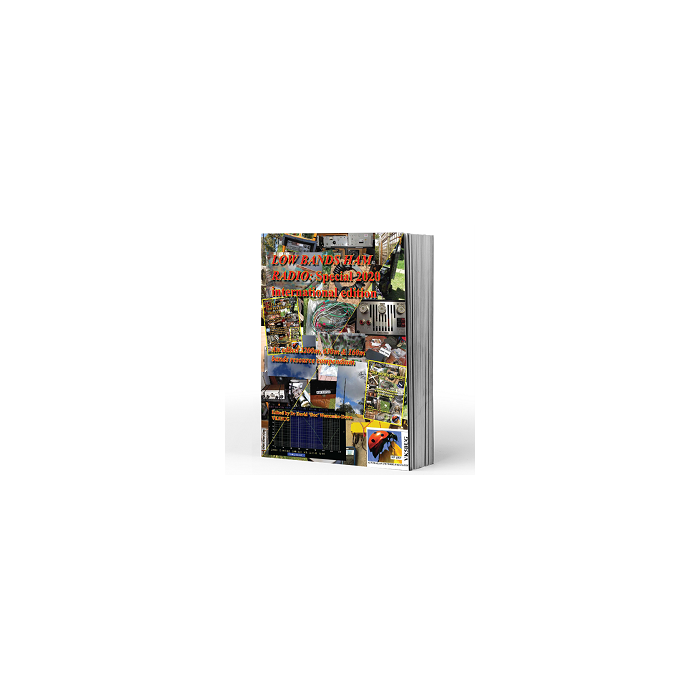Establishing, operating and maintaining LF-MF stations in compact environments is a comparatively new field of study for many radio amateurs—the improved ground systems required, antenna challenges, propagation anomalies, physical dimensions, mechanical construction requirements, parts sourcing, and addressing operator wishes, expectations, and realities.
There is no intended specific focus on mode, power level, or prediction of 'what might work best'. Low Bands Ham Radio presents a start-up guide to assist ham radio operators successfully making the quantum shift from use of authorized frequency bands above 2MHz to those below: 2200m, 630m, and 160m.
From the Preface — "I hope my passion for low band operating becomes infectious and encourages others to commence or increase low bands involvement. This particularly applies to re-establishing and sustaining the practice of calling CQ, even when a band appears quiet or inactive. If everyone sits back waiting for on-line DX spotting data, we will ALL be sitting back waiting, and very little operating is likely to eventuate. Activity breeds activity!" — author Doc, VK5BUG
About the author: Dr. David 'Doc' Wescombe-Down, VK5BUG, has a working lifetime of LF-HF and wireless telegraphy experience. He's the editor of MF Down Under: An edited VK-compendium of articles and projects for the 630m and 160m bands and Cellar-dwellers on the go! Operating 2200m, 630m and 160m away from home.


